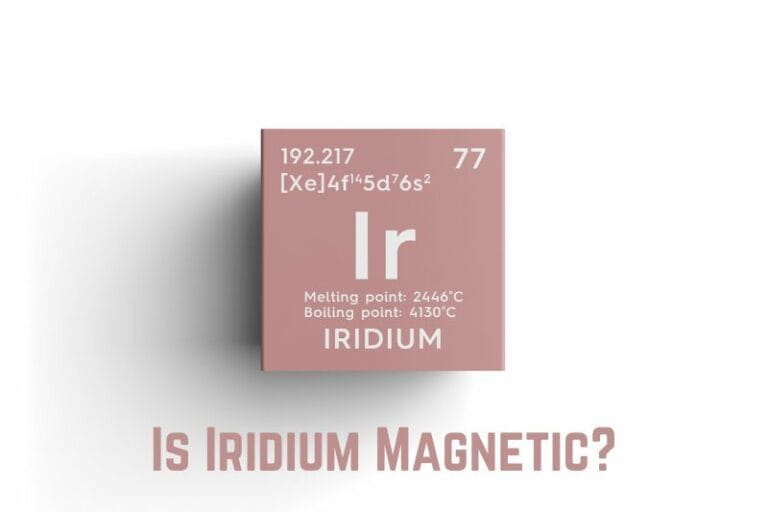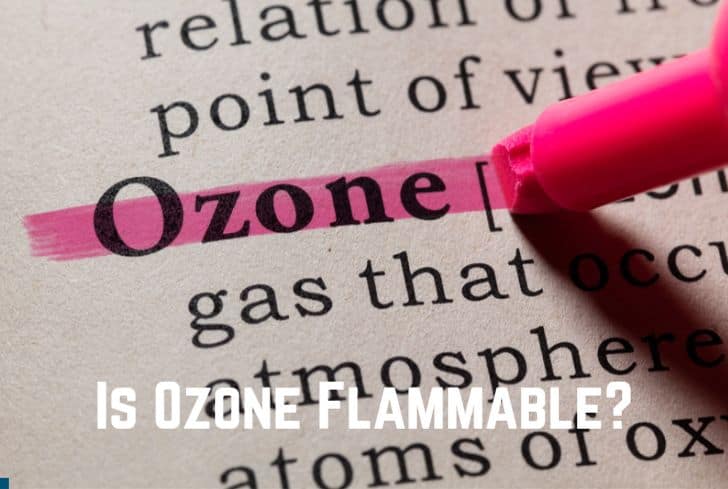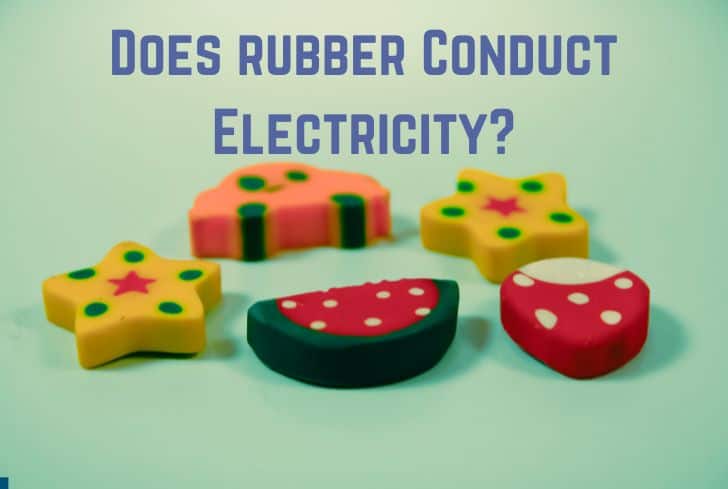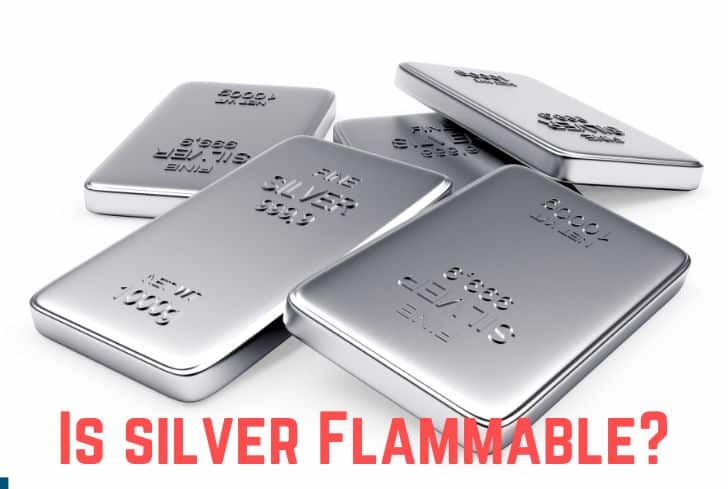Is Sand a Pure Substance? (No)

Ever wondered about the chemical composition and properties while playing or working with sand? Though it might sound a bit technical, understanding its chemical backdrop is pretty easy. Using some easy comparisons and examples, you can very well grasp the category of sand.
So, let’s contemplate if sand is a pure substance. Is it a mixture, an element, or a substance? If you wish to find answers to these in the simplest way, you are at the right place. Read on for a detailed explanation.
Read: Is Sand a Mixture?
Is Sand Considered a Pure Substance?
Realistically, sand is not a pure substance. Sand is a mixture in most references. It has particles made from silicon dioxide but none of the constituents remain the same everywhere. Further, it has many elements like rocks and minerals where quartz is the dominant mineral. Therefore, sand is a heterogeneous mixture.
Also, whenever sand is sent for evaluation, it is important to note that the composition will not remain the same everywhere. This mimics the properties of a heterogeneous mixture. Moreover, even the appearance is never uniform and the composition depends heavily on the environment throughout.
At the outset, it is a mixture but sand can become a pure substance in a few rare situations. We need to understand the makeup of sand and certain properties to further break down its nature effectively. Let’s begin to detail the nuances to grasp the concept clearly.
What is a Pure Substance?
The definition of a pure substance is simple. It consists of only one type of element which has a constant structure throughout. Elements and compounds are the further classifications of pure substances.
Let’s look at a list of properties that define a pure substance:
- They are mostly homogeneous thereby having only a single type of atom or molecule.
- Mostly, the composition will remain the same whenever a pure substance is evaluated.
- Chemical reactions happen in pure substances to form desirable products.
Let’s put forth a number of examples for clear understanding:
- Hydrogen Gas
- Gold Metal
- Diamond
- Sugar
- Copper
- Oxygen
- Chlorine, etc
What is Sand and the Element of Sand?
Sand has granular materials that are further divided into mineral particles. While sand does not have the same composition everywhere, the definition of sand comes after its grain size. To compare, let’s take examples of gravel and silt. The diameter of sand particles as per the USA sieves comes between 0.074 and 4.75 millimeters.
To the naked eye, it is well clear that sand is smaller than gravel but bigger than silt particles. Moreover, the composition of sand as per the book definition might not be easy to find. However, it is wise to say that the predominant particle found in the sand is silica. Quartz is the primary silica found in sand.
Rocks disintegrate and their sediments flow down the streams. During their flow, the rocks keep breaking and finally turn into small granules of sand. The parent rock and its type will ultimately decide the composition of a sand mixture.
Granite is the rock that most commonly erodes to form sand. However, this erosion from rocks takes over millions of years sometimes. Forming from the earth’s crust, sand has two major elements namely, quartz and oxygen. So, the composition of sand is silicon dioxide. With sand finding uses in many industries, it is an important substance for human existence.
Is Sand a Mixture?
Before we decide if sand is a mixture or not, let’s lay down information about a mixture. A mixture has more than one element and they have no chemical significance or bonding between them. Further, all the elements stay apart and are easily separable using physical methods. Thus, sand is a mixture in most cases.
Sand has various particles that do not have chemical bonding between them. Also, they remain separate, and when passed through a sieve, you can break up each of the particles. Further, a mixture may not have the same composition throughout. The same goes with a sample of sand too.
If you collect a small sample of sand on a beach, its particles may not be the same when collected at a different spot in the same location. This shows that sand can take in any particles at any point in time and does not have a fixed structure.
Thus, putting these statements into perspective, sand is a mixture of different elements and dissimilar building blocks.
However, in certain scenarios sand can become a pure substance. If a sample taken has only a single type of element namely silica, then it has the property of being a pure substance. Although, for sand to have only silica dioxide, we can consider the sample from a pure mineral area. The sand taken should not contain any other elements or impurities.
Moreover, we can call sand a pure substance only when the rock it comes from is also a pure substance. To be specific, if sand comes from basalt, it can never become a pure substance as basalt has more than one element in its composition.
Is Beach Sand a Pure Substance?
No, beach sand can never be a pure substance. In fact, of all the sand that we see on our earth, beach sand will likely have very less purity. As wind and waves move around the ocean’s surface, sand forms and reaches the ocean bed through the movement of waves.
Before it reaches the ocean bed, many impurities and chemical agents can also mingle with sand particles making it a mixture again. Specifically, it becomes a homogeneous mixture.
Some of the foreign particles that can reach sand while traveling through waves are salt, minerals, rocks, pebbles, organic matter, and other chemical pollutants. You can use physical methods to remove the mixed particles, but it is again not quite possible to get pure beach sand.
It is worth noting that sand does not stay the same on all beaches across the world. Also, the composition depends on the location taken. This again proves that beach sand can never fit in the category of a pure substance. A pure substance should have the same composition throughout the world and beach sand doesn’t follow this principle in any possibility.

Is Wet Sand a Mixture or a Solution?
Sand is obviously a mixture and when water mingles with it, the output is again a heterogeneous mixture.
Sand is a solid substance. When water comes in contact with sand, it does not dissolve well and thereby creating totally two dissimilar phases. Therefore, the mixture still remains solid and carries the properties of a heterogeneous mixture.
If you plan to add sand to a bucket of water, the mixture will not be uniform. Over time, the sand particles will settle down at the bottom of the bucket. This again shows that sand and water do not blend but can yet form a heterogeneous mixture.
You will not witness any new substance or byproducts being formed when you mix sand with water. Thus, as both don’t dissolve completely, wet sand is not a solution.
Is Sand a Solution?
Realistically speaking, the solution is a type of mixture. However, all the elements present in a solution have the same composition and properties throughout. Solutions form only when two elements bind together completely and none of the elements are visible to the naked eye. So, sand is not a solution.
In the case of sand mixed with water, you will find that the particles do not undergo any chemical bonding with water. You can witness the sand particles separately even while mixing.
Also, when the solution gets time to settle down, all the sand particles sink to the bottom. Thereby, it is clear that sand is a mixture and can never be a solution.
Read: Is Black Coffee Homogeneous or Heterogeneous?
Is Sand an Element?
Sand comes under the category of a mixture making it neither an element nor a compound. Element is also known as a pure substance and has only one type of atom or molecule in its composition. However, when we consider sand, the major element is silicon dioxide which has silica and oxygen in it. Thus, it does not have a single type of atom or molecule.
Moreover, the composition will change as per the location of the sample taken. For example, beach sand has more than just silicon dioxide and has pebbles, rocks, chemical agents, etc which rules out the possibility of an element.
On the other hand, compounds have more than two elements that have a chemical connection or bonding between them. Although sand has more than one element in it, there is no chemical bonding between the constituents. Also, in compounds, you will notice that the newly formed substances will have new properties.
Sand does not abide by this law, and has more than two elements that have no connection but can undergo physical methods for separation. These indicate the definition of a mixture and hence, sand is a mixture and not an element or a compound.
Moreover, sand has elements that possess different phases and have totally different properties for each of the added constituents. This again makes sand a heterogeneous mixture without confusion.
Read: Is Steam a Mixture, Compound, or Pure Substance?
Final Thoughts
In most cases, sand is not a pure substance but a heterogeneous mixture. The particles in sand do not have a relation with the other constituents and physical methods are sufficient to bring them apart.
Also, beach sand is again a heterogeneous mixture owing to the presence of external particles. Moreover, sand is never the same all around the globe with changes in composition happening throughout. These make sand a mixture and not an element or a compound or a pure substance.
Playing with sand is now more fun when the chemistry behind it is so easy to comprehend! Kindle your thoughts using a mixture of sand and water to reaffirm your findings with the technicalities!






